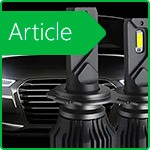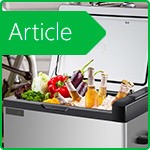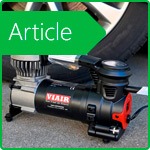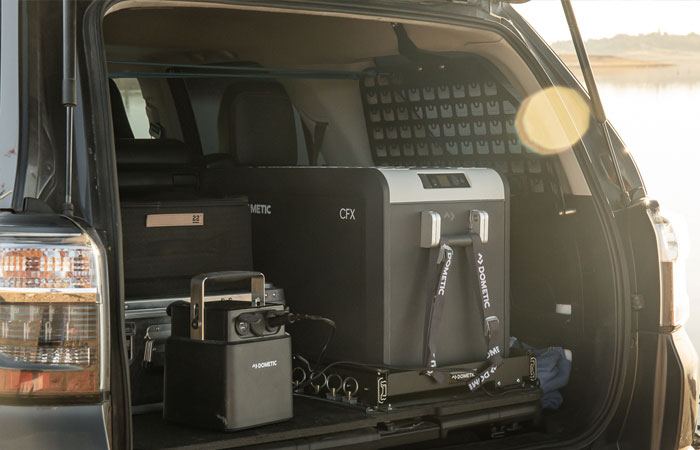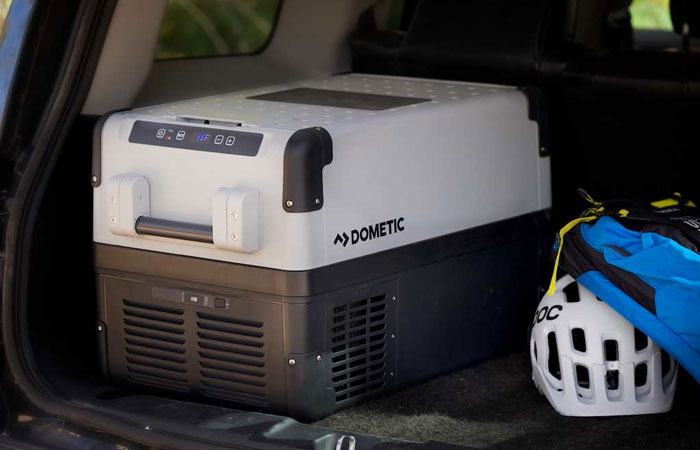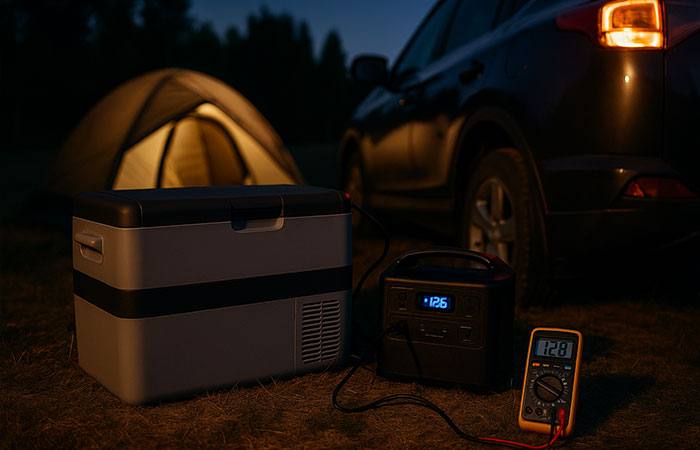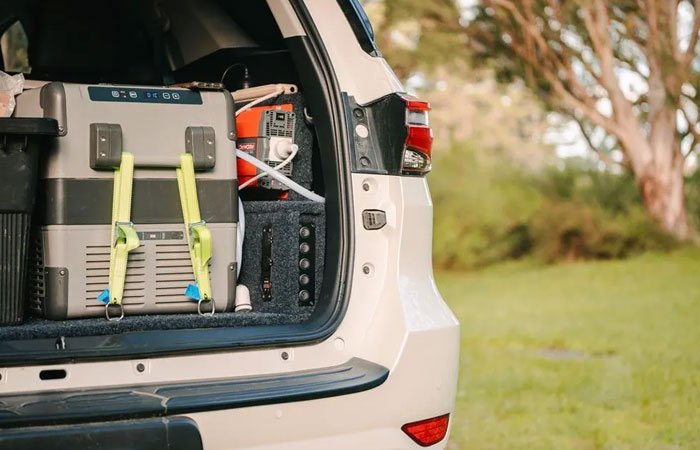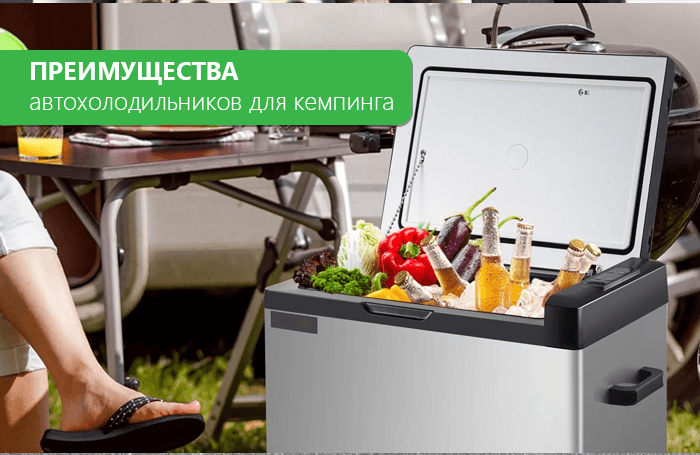“Cold” First-Aid Kit: How to Properly Transport Medicines, Vaccines and Baby Food in a Car Refrigerator
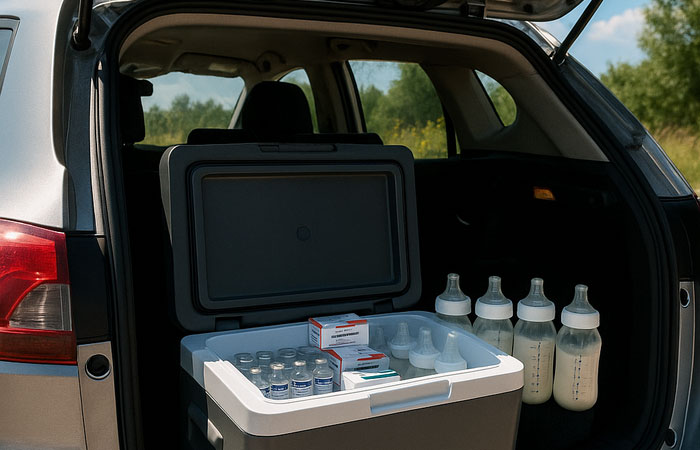
A Kyiv-to-Odesa drive in mid-June: it’s 38 °C outside, and the boot holds insulin vials, a pneumococcal vaccine and bottles of expressed milk. If the cold chain breaks, both health and wallet take a hit. This article gathers proven recommendations from pharmacists and paediatricians on how to keep medicines and baby food safe on the road.
Why Temperature Is So Critical
“Protein-based drugs follow strict rules: at +12 °C their activity drops noticeably within a few hours, and at +25 °C it can fall ten-fold,” emphasises pharmacist Olena Serdiuk (Apteka 911 chain, Lviv).
“For baby food the safe window is even narrower—between +2 °C and +6 °C. Breast milk or formula left longer than 30 minutes at +8 °C is better not offered to a child,” confirms Dr Sarah Collins, paediatrician at the Oxford VG.
| Category | Optimal Range, °C | Critical Threshold, °C |
|---|---|---|
| Insulin (opened vial) | +2 … +8 | > +30 or < 0 |
| Live vaccines | +2 … +8 | > +25 |
| Antibiotic suspensions | +2 … +8 | > +25 |
| Infant formulas | +2 … +6 | > +10 |
| Probiotics | +4 … +10 | > +25 |
Preparing the Car Refrigerator Before Departure
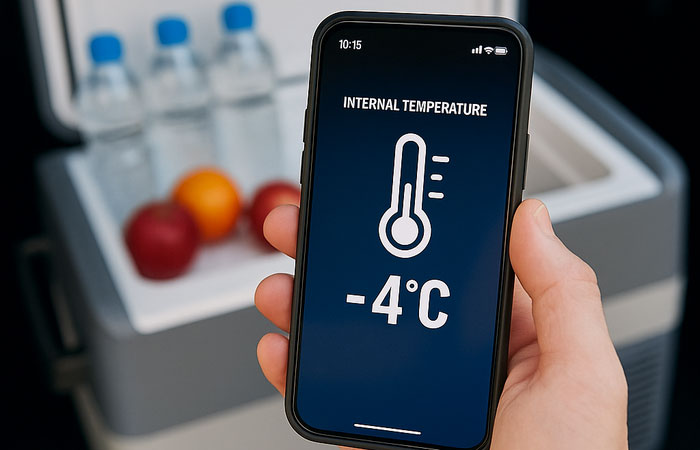
Secret № 1. Switch the fridge on 30 minutes before loading so the chamber can pre-chill.
Secret № 2. Enable battery-saver mode—keep the cut-off no lower than 11.4 V.
Secret № 3. Place a Bluetooth data-logger inside: the temperature graph is solid proof for a clinic or insurer.
Packing: Small Details That Matter
Fill gaps between vials with bubble wrap and place ice-packs on top—the cold sinks downward. Put ampoules in a soft silicone tray, and the entire “pharmacy kit” inside a dense thermal case: it dampens vibration and evens out the micro-climate when the lid opens.
On the Road—Three Rules for a Steady +4 °C
1. Keep the fridge perfectly level: a tilt over 40° draws oil out of the compressor.
2. Do not block the ventilation grilles with luggage—otherwise you’ll lose up to 30 % of the cold in just an hour.
3. Double the power supply: a 500 Wh power station will hold +4 °C for 12–14 hours with the engine off.
Upon Arrival—Three Quick Steps
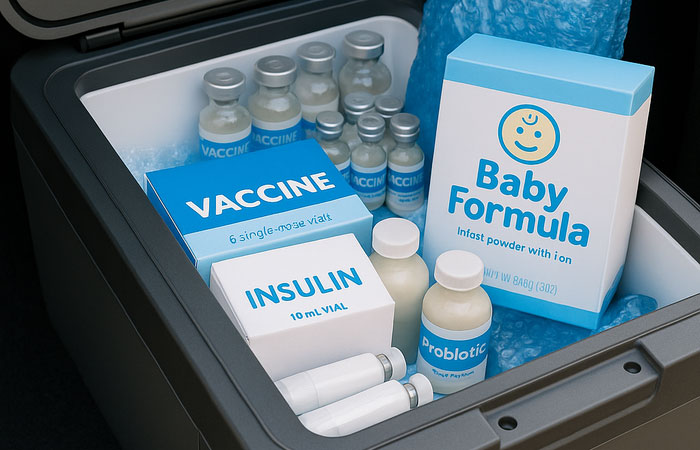
1. Transfer the contents to a household fridge immediately.
2. Check the vaccine temperature indicator: if it has darkened, the dose overheated.
3. Record the delivery time in a log—this avoids disputes with medical facilities.
Pre-cooling, thoughtful packing and temperature monitoring turn a car refrigerator into a true mobile pharma-box that holds a steady +4 °C even in scorching steppe heat. Preserve the cold chain—save health, money and peace of mind.
Ready to choose a model with precise temperature control? Compare options in our car-fridge catalogue.
-
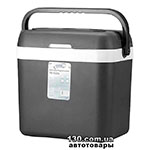 Thermoelectric refrigerator Thermo TR-132A 32 lBuy4129 ₴ 3604 ₴
Thermoelectric refrigerator Thermo TR-132A 32 lBuy4129 ₴ 3604 ₴ -
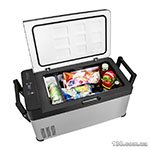 Buy
Buy










